Top 10 Ultimate Internet of Things Projects
How are you reading this video right now? It might be on your smartphone, desktop, or tablet. Connecting devices to the Internet yields fantastic benefits. But
In a nutshell, IoT is the concept of connecting any device to the internet and other connected devices. All instruments in the network interact with each other to collect and share data. Today, IoT is being used extensively to lessen the burden on humans. To name a few for Smart homes, Wearables (watches and bracelets), Smart Cars, Smart farming, Smart Retail, Smart Grids, Smart city, and smart healthcare.
With such a broad spectrum of applications, the future of IoT looks more promising than ever before. In this internet of things projects article, we bring you the top IoT projects of 2020. If you are a student, you could consider them for academic purposes or implement these purely out of interest.
Now that you know what the Internet of Things is, continue reading to learn some easy yet exciting internet of things projects.
Top IoT Projects for 2020
- Smart Mirror
- Smart Money Transfer
- IoT based Smart arm
- Smart Irrigation
- Smart Door
- Air Monitoring System
- Smart Alarm Clock
- IoT based Weather Reporting System
- Smart Wheelchair
- Smart Street Light System
Smart Mirror
We will now look at the first IoT project, the Smart mirrors. Smart mirrors are a very cool IoT application. It can be used to display the temperature, news, weather, calendar, clock, and compliments on a mirror. Apart from these, smart mirrors can be used for the following.
- Click the perfect selfies with a built-in camera.
- Installed with speakers to play some music and provide on-demand workout sessions from world-class trainers.
- Browse the internet, make phone calls, and even be connected with other devices for collaboration.
Smart Money Transfer
The next internet of things project is the Smart Money Transfer. We’re heading towards complete digitization. Transactions are made possible on your cell phone with apps like Apple pay, Google Pay, and Paypal. But imagine if you could walk to a store and pay with a wristwatch? Wouldn’t that be cool?
Some of its key features are as follows.
- Provides a comfortable and reliable platform for money transactions.
- It is compact, wearable, and rechargeable.
- For safety purposes, user authenticity is validated.
- This technology can reduce the burden of mobile money transfers.
- When you’re on the go, you could easily step into a store, purchase the goods and pay hassle-free.
- After every successful transaction, the balance is updated immediately to avoid any uncertainty.
IoT based Smart Arm
This IoT project includes creating a robotic arm that can pick and place things from one place to another. To control this action, the robotic arm can be moved using specific commands. Some advanced arms allow the user to change the end effect of the arm to perform various actions. It can be used to make art, print 3D images, and build production lines. It can also be used to perform your day to day chores.
Smart Irrigation
The next IoT project is smart irrigation. With the change in climate and recurrent water crisis, farmers suffer a great deal with growing crops. Smart irrigation puts an end to this ordeal. This system comes with a9 moisture sensor that checks the soil for its water content. When the soil moisture drops below a specific value, the system triggers the water supply.
Smart Door
As the name suggests, this IoT project aims at creating smart doors that control the entry and exit of humans. These doors open and close automatically when you pass by. The door can also be controlled remotely. You could unlock the door for perhaps a friend, by tapping an icon on your smartphone. Once they exit, you’re immediately notified. The owner can also choose who has access to the door.
Air Monitoring System
The next internet of things project is the air monitoring system. Air monitoring has become crucial for the environment, and what better way to do it than incorporating IoT. The IoT system uses air sensors to sense the presence of harmful gases/compounds in the air. The data collected can be used by the local authorities to make a detailed analysis. Necessary actions can be taken to ensure that the air quality levels don’t reach an extreme low, especially in areas around hospitals and schools.
Smart Alarm Clock
The next internet of things project is the smart alarm clock. There are many variations of a smart alarm clock, but the alarm we are talking about is a self-setting alarm clock. This smart alarm clock uses your Google calendar appointments to set alarm times. It can also procure data from GPS about your ETA to a place and the weather app to automatically adjust your wake time.
We will now look at the next internet of things project.
IoT Based Weather Reporting System
The system deals with monitoring weather and climate changes like humidity, temperature, moisture, wind speed, UV radiation, light intensity, and even carbon monoxide levels in the air; using multiple sensors.
- These installed sensors send the data to the web page that is plotted as graphical statistics.
- The project even consists of an application that sends notifications as an effective alert system to warn people about sudden and drastic weather changes.
- If you’re heading out, the app could quickly tell you what the weather will be like and suggest carrying an umbrella or perhaps a sunblock.
Smart Wheelchair
The next IoT project is the smart wheelchair. There are over 132 million wheelchair users across the globe. Smart wheelchairs are an excellent innovation. Typically it comes with built-in sensors on the seats that collect data every second. The data provides insight into the patient's seating behavior and the energy required to maintain the posture. Other variations of the smart wheelchairs could include fall detection. These features allow people to monitor the patient from a remote location.
Smart Street Light System
We will now look at the next IoT project, smart street light system.
- This IoT-based street light monitoring system monitors and ensures low power consumption and detects faulty lights.
- The street lights have external sensing that automatically turns on at the desired intensity based on the lighting needed.
- Control of light intensity is based on the movement of people or vehicles.
- In case of emergency, the lights increase the brightness to maximum intensity thereby ensuring safety.
- When deployed as a part of a smart city, the users can be informed about any outages. They can also register a complaint about immediate service.
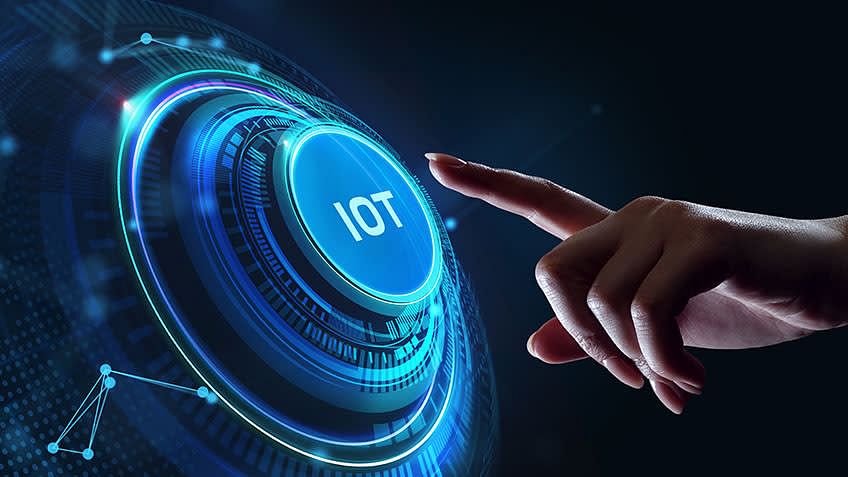



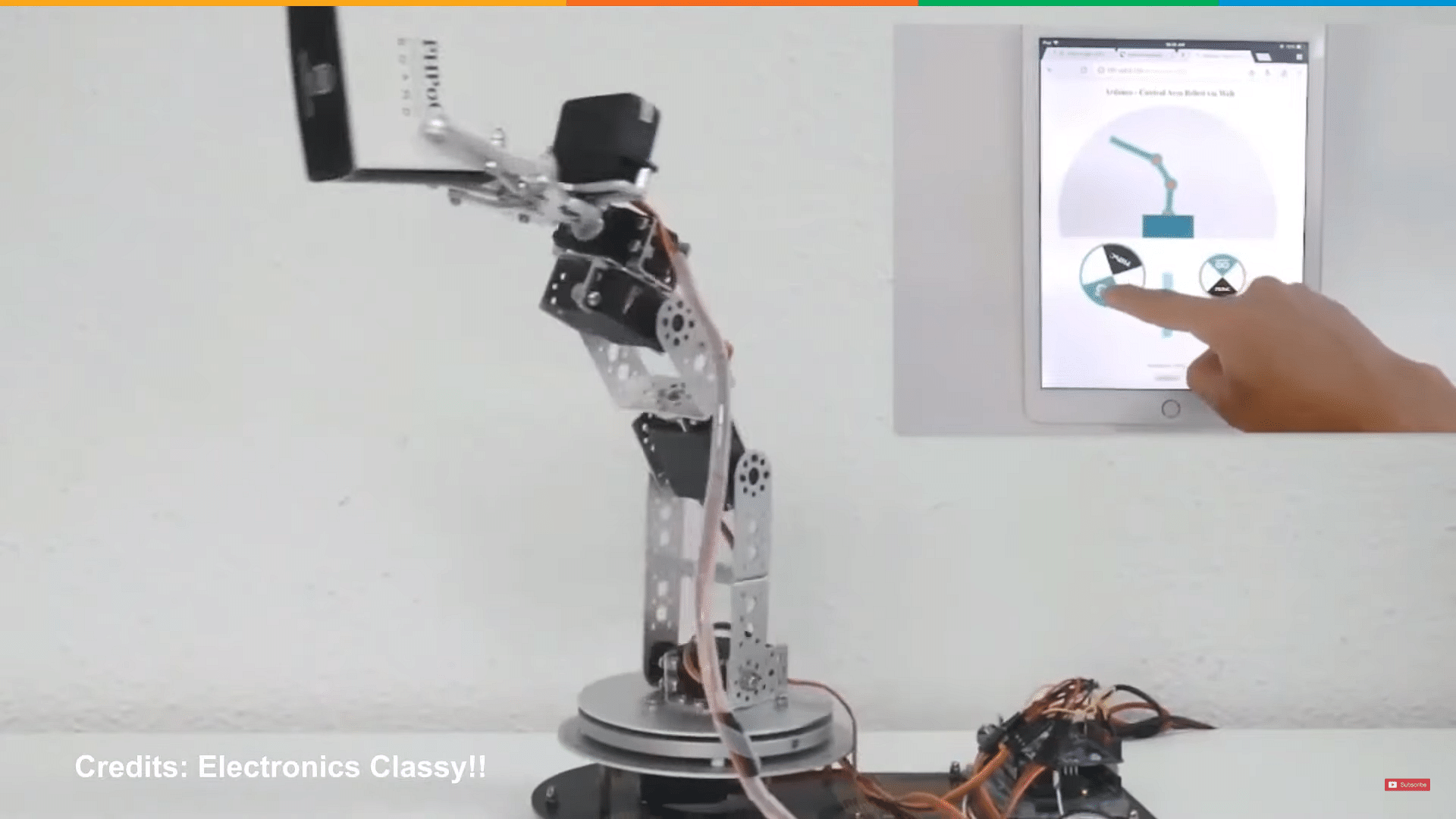
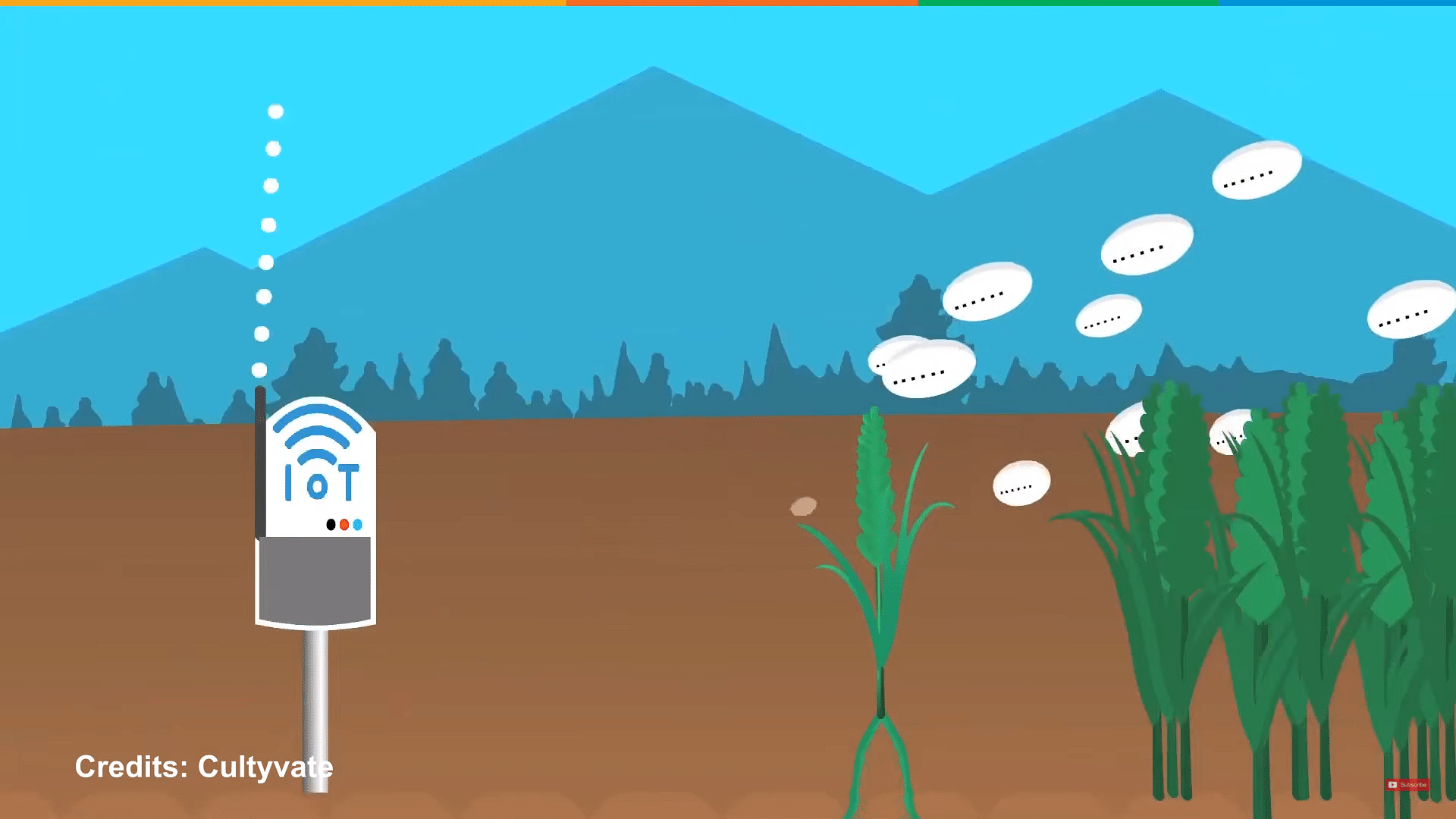
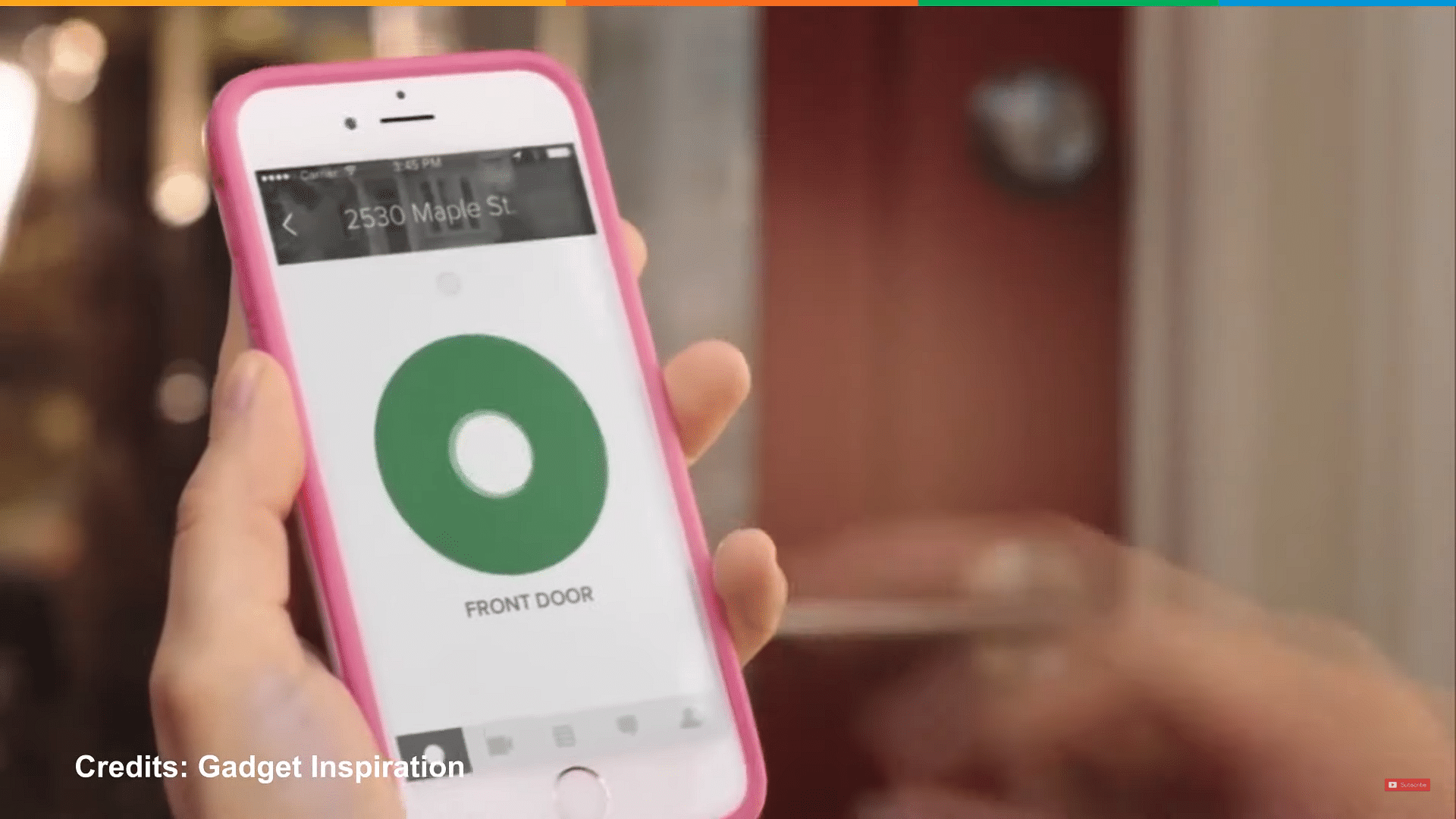




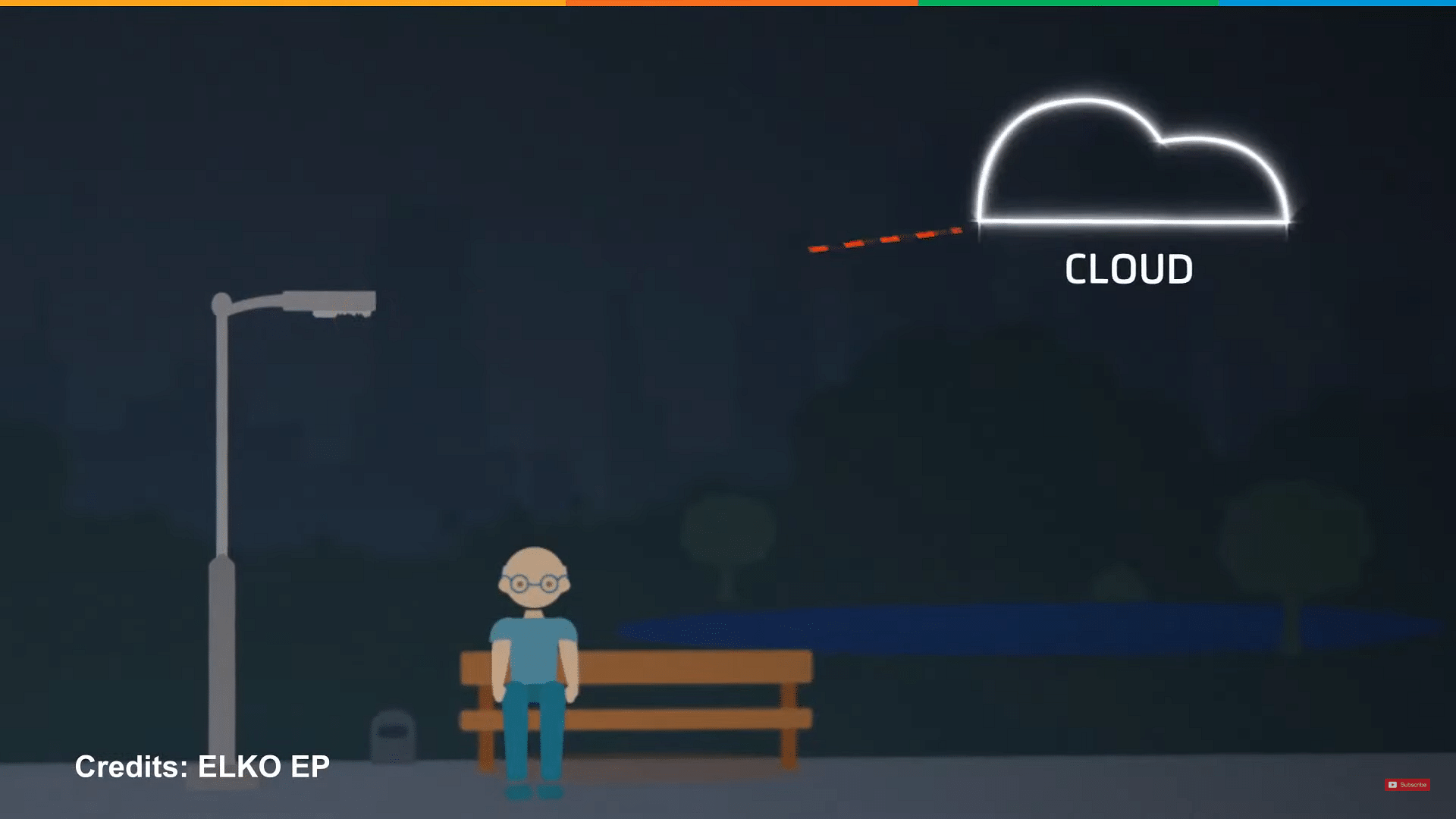




Comments
Post a Comment